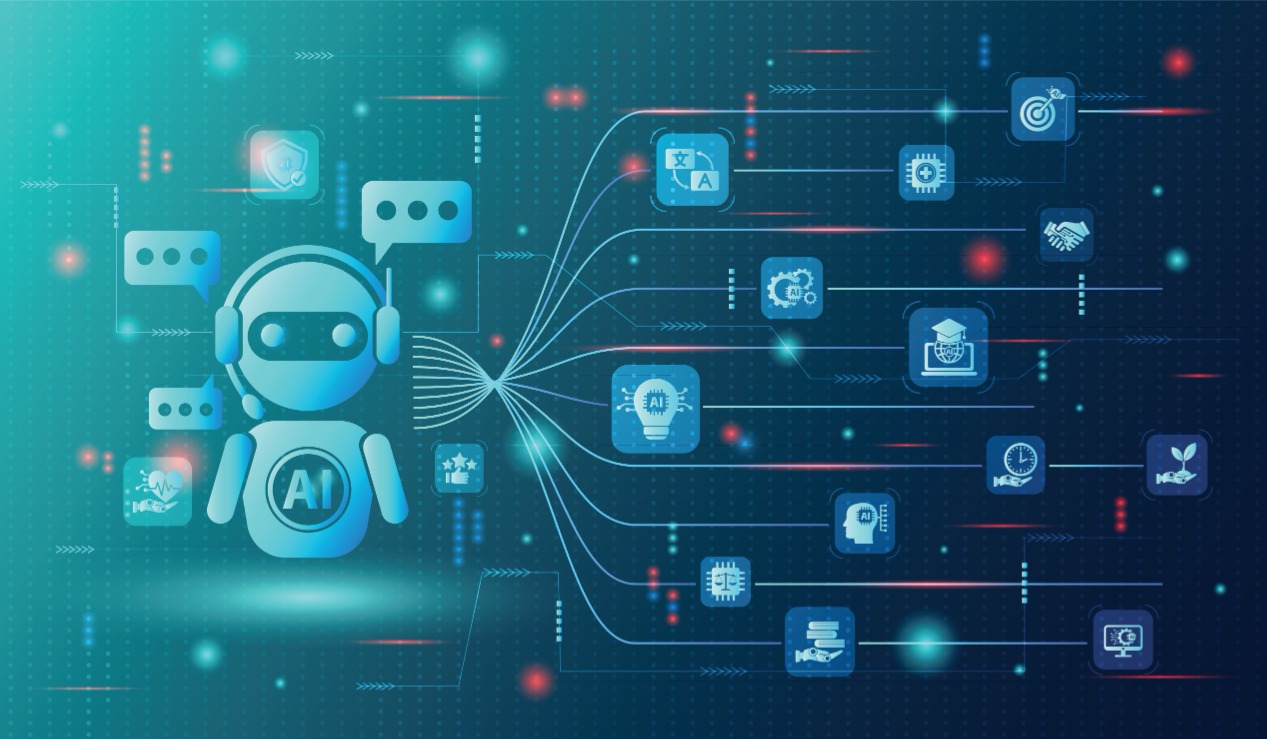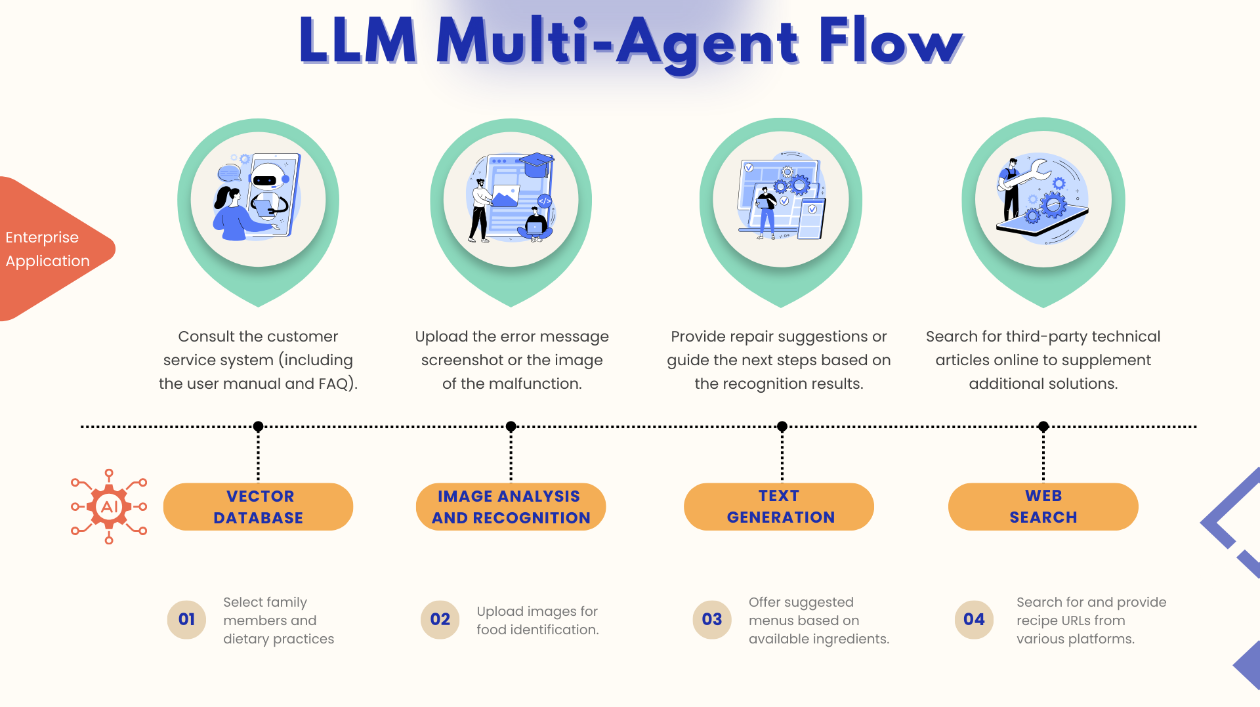AI-Powered Transformation: LLM as the New Engine for Enterprise Applications
AI-Powered Transformation: LLM as the New Engine for Enterprise Applications
Breakthroughs in Large Language Model (LLM) technology have turned AI Agent from a mere concept into powerful tools capable of autonomously executing complex tasks. Recently, the emergence of Manus, developed by a Chinese startup, has further demonstrated the immense potential and significance of AI Agents. From customer service interactions and business decision-making to automated workflows, AI Agents are rapidly being deployed across various applications, driving enterprise digital transformation.
However, the true effectiveness of AI Agent depends not only on model performance but also on their ability to fully comprehend conversations and execute commands in diverse business contexts. To showcase the real-world potential of AI Agent, Spingence will present a hands-on demonstration of Multi-Agent capabilities at AI EXPO Taiwan 2025, hosted by DIGITIMES from March 26 to 28.
* Recommended Reading | The Future of AI Agents from Manus: What Kind of AI Do Enterprises Need?

Source:Adobe Stock
| The Importance of Multi-Agent for Enterprises
- Cross-Domain Collaboration:Each AI Agent specializes in a specific task or domain, working together seamlessly to handle complex scenarios more effectively.
- Optimized Resource Allocation:By dynamically assigning resources based on business needs, Multi-Agent enhance operational efficiency and streamline resource utilization.
- Adaptive Problem-Solving:In fast-changing business environments, Multi-Agent systems provide solutions from multiple perspectives, enabling enterprises to tackle challenges with greater agility.
- Driving Innovation and Competitiveness:Collaboration between AI Agents across different domains fosters innovative solutions, enhancing a company’s ability to stay ahead in the market.
| How LLM Expands from Everyday Applications to Enterprise Use Cases
In this case, Multi-Agent technology serves as a digital assistant, helping users with recognition, decision-making, and information integration. But how can these capabilities be effectively applied to enterprise environments?

image_Multi-Agent empowers enterprise intelligent customer service and technical support automation. Source:Spingence
Take enterprise intelligent customer service and technical support automation as an example—AI Agents can enhance various stages of these workflows:
1. Vector Database Search → User Queries in Customer Support Systems (e.g., Manuals or FAQs):
When users raise technical issues, AI Agents first retrieve relevant solutions from an internal vector knowledge base. LLMs can also recognize similar queries, ensuring that even if users phrase their questions differently, they receive accurate answers.
2. Image Analysis & Recognition → Identifying Error Screenshots or Fault Images:
Leveraging VLM (Vision-Language Model) technology, AI Agents analyze images, interpret error messages, and automatically detect potential issues from screenshots or failure photos.
3. Text Generation & RAG → Creating Smart Repair Guidance:
Based on database search results and image recognition, AI Agent generate step-by-step troubleshooting instructions or interactive repair dialogues, guiding users through the resolution process.
4. Web Search → Supplementing with Third-Party Technical Articles:
When internal knowledge bases do not provide a solution, AI Agents can perform cross-platform searches, gathering insights from official documentation, tech forums, and third-party repair guides.
| Key Value of Multi-Agent Applications in Enterprises
- Reduces customer service response time by 30-40%, easing the burden on technical staff.
- Provides standardized troubleshooting steps, improving issue resolution rates by 35%.
- Cuts manual search time by 25-30%, enhancing overall work efficiency.
- Strengthens knowledge management by integrating AI with internal knowledge bases, minimizing information loss.
Edgestar, Spingence’s on-premise LLM platform, offers enterprises a highly efficient, secure, and flexible AI solution, ensuring seamless AI adoption across business environments—from data processing to intelligent decision-making.
📩 Contact us to explore the full power of Edgestar!



